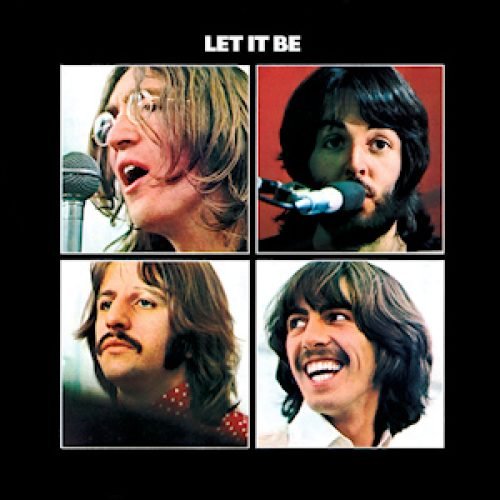“Let It Be,” released in May 1970, stands as a poignant epilogue in The Beatles‘ monumental discography. Arriving after the ambitious soundscapes of “Abbey Road,” despite being largely recorded before it, this album finds itself both at the heart of The Beatles’ stormy finale and at the crossroads of rock’s evolving legacy. It is often viewed as a return to the band’s roots with its straightforward rock and blues influences, yet it is steeped in the complex emotional undertones that marked the band’s final years.
Artistic Intentions
Artistically, “Let It Be” was envisioned as a back-to-basics project, which originally sprang from the idea of filming The Beatles rehearsing for a return to live performance, an aspect of their careers they had set aside in 1966. This intention is captured in the raw and unpolished sound of the album, which contrasts sharply with the layered studio complexities of “Sgt. Pepper’s Lonely Hearts Club Band” and “The White Album.” Paul McCartney, in particular, hoped to recapture the spontaneous spirit of their early days, leading to a set of sessions that were famously fraught yet fruitful, exposing the personal rifts between members while also showcasing their undeniable musical synergy.
Twickenham studio was very cold and not a very nice atmosphere so we decided to abandon that and go up to Savile Row into the recording studio.
George Harrison on recording Let It Be.
The project, initially titled “Get Back,” was meant to symbolize The Beatles’ return to their musical roots and to each other. However, as tensions grew, the project evolved into “Let It Be,” a phrase inspired by McCartney’s mother during a dream, which served as a mantra of surrender in the face of the band’s internal discord. This pivot reflects a broader artistic intention of acceptance and letting things take their natural course, an ethos that ultimately framed the album’s ethos and its place in the annals of music history.
Sonic Exploration
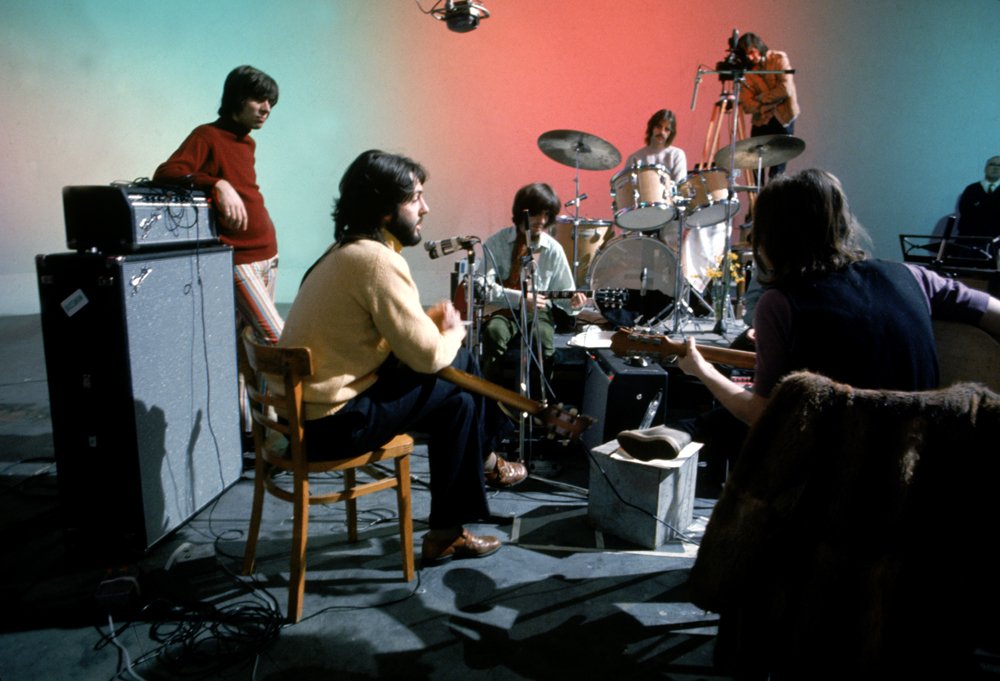
The production of “Let It Be” is famously distinct within The Beatles’ catalog due to its embrace of a raw, unfiltered sound, a stark departure from the polished precision of earlier albums like “Revolver” and “Abbey Road.” Originally produced by George Martin, the album underwent a controversial remastering by Phil Spector, who added his signature “Wall of Sound” to several tracks. This included orchestral and choir embellishments that were absent from the band’s initial recordings. While this approach has been a point of contention—most notably criticized by Paul McCartney—it inadvertently captured the vulnerability and fraying unity of the band, making the album resonate as an authentic snapshot of The Beatles at that moment.
Musically, “Let It Be” features arrangements that balance simplicity with profound depth. The title track, “Let It Be,” is a sterling example, where McCartney’s soulful piano is bolstered by a subtly lush orchestra, enhancing the song’s spiritual serenity without overshadowing its heartfelt core. In contrast, “I’ve Got a Feeling” combines raw guitar riffs with dual vocal tracks from McCartney and Lennon, showcasing an effective blend of rock’s directness with intricate, layered live performance dynamics.
Genre Elements
The album traverses a range of musical genres, grounding itself in blues and rock while incorporating elements of gospel and folk. “Dig a Pony” can be seen as an homage to blues rock with its gritty guitar work and improvisational ethos, while “Across the Universe” employs a more meditative, folk-inspired tone that explores psychedelic soundscapes. The genre-blending is both a nod to the band’s eclectic tastes and a reflection of their musical roots, illustrating their ability to transcend and transform traditional genre boundaries into a cohesive, yet varied, auditory experience.
Thus, “Let It Be” not only revisits the straightforward style of The Beatles’ early days but also enriches it with the matured perspectives of its members. The album’s production and arrangements, whether seen as flawed or fitting, ultimately serve the themes of introspection, dissolution, and spontaneous creativity—echoing the chaotic and uncontrived process of its making.
Lyrical Analysis
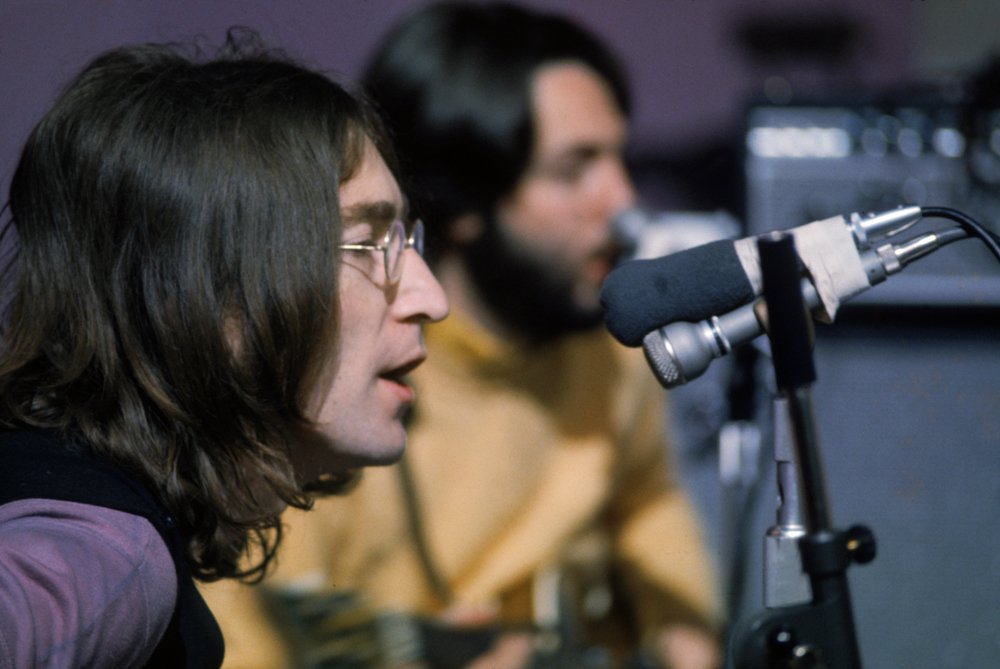
The lyrical content of “Let It Be” is marked by a profound sense of introspection and resignation, reflecting the tumultuous period The Beatles were experiencing during its creation. Central themes of the album include acceptance, change, and the bittersweet nature of endings. These are interwoven with a sense of hopeful perseverance amidst personal and collective trials.
The title track, “Let It Be,” epitomizes the theme of serene acceptance. McCartney’s lyrics, inspired by a dream about his late mother, Mary, serve as a comforting message of letting go and trusting that “there will be an answer” in troubled times. The song’s refrain, simple yet profound, has become one of the band’s most enduring messages, offering solace and peace in its repetition.
Across the album, the lyrics fluctuate between the straightforward and the abstract. Songs like “The Long and Winding Road” use clear and evocative imagery to narrate feelings of longing and unresolved tension, resonating with anyone who has felt the sting of a protracted struggle or farewell. Conversely, “Across the Universe” displays a more poetic and meditative lyricism, with lines like “Words are flowing out like endless rain into a paper cup” illustrating Lennon’s adeptness at abstract and contemplative songwriting. This song, in particular, invites multiple interpretations, with its lyrical exploration of existential meanderings and the nature of existence.
Emotional Impact
The emotional impact of the album’s lyrics is both varied and profound. “Two of Us,” written by McCartney, ostensibly about a road trip with his wife Linda, can also be seen as a nostalgic reflection on his enduring partnership with Lennon, evoking a sense of camaraderie and shared history. On the other hand, “I Me Mine,” the last song recorded by the band before their dissolution, delves into themes of ego and materialism, reflecting Harrison’s frustration with the band’s interpersonal dynamics, and providing a darker, introspective counterpoint to the album’s more uplifting tracks.
Through these lyrics, “Let It Be” not only navigates the personal landscapes of its creators but also taps into universal feelings of uncertainty, resolution, and the inevitable passage of time. The album’s lyrical journey invites listeners into its emotional fold, to share in its contemplations and to find a piece of themselves in The Beatles’ swan song.
Cohesion and Flow
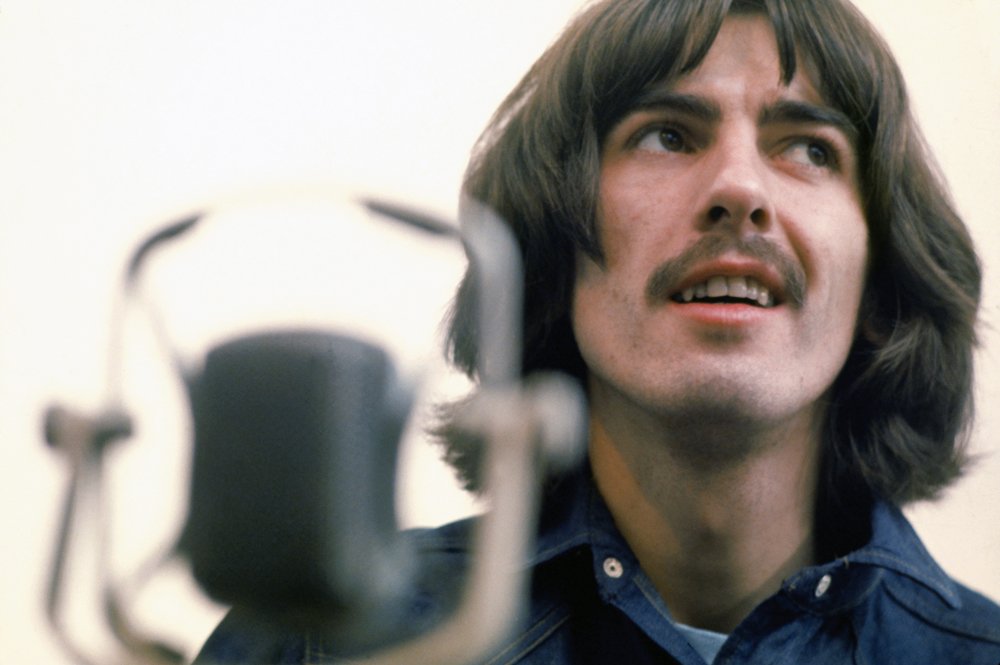
“Let It Be,” as an album, presents a unique challenge in assessing its cohesion and flow, primarily due to its tumultuous production history and the subsequent interventions in its track sequencing and production. Despite these factors, the album does exhibit a form of emotional and thematic progression that mirrors the internal and external journeys of The Beatles during this period.
Track progression on “Let It Be” is somewhat eclectic, reflective of the album’s piecemeal assembly and the band’s fragmenting relationships. The album opens with “Two of Us,” a song that exudes a sense of camaraderie and shared adventure, setting a nostalgic yet hopeful tone. This transitions into songs like “Dig a Pony” and “Across the Universe,” which oscillate between gritty rock and expansive, introspective ballads. The sequencing feels like a meandering journey through various emotional states and musical explorations, culminating in the titular “Let It Be,” a meditative anthem that seems to offer resolution and peace amidst chaos.
Thematic Consistency
Thematic consistency is maintained to an extent through recurrent motifs of reflection, acceptance, and the passage of time. However, the addition of Phil Spector’s overdubs on certain tracks, such as “The Long and Winding Road,” introduces a dramatic, orchestral element that was not originally intended by the band. This has led to some debates about the album’s authenticity to the Beatles’ initial artistic vision, and whether these additions disrupt the raw, unpolished ethos that was supposed to hallmark the album. Despite this, the overarching themes of finality and resolution do manage to bind the tracks into a narrative of ending and epiphany.
While “Let It Be” might not possess the seamless musical flow of “Abbey Road” or the thematic unity of “Sgt. Pepper’s Lonely Hearts Club Band,” it holds its own as a mosaic of sounds and sentiments that collectively mirror the disbanding of a legendary ensemble. The shifts between songs can sometimes feel disjointed, but they also reflect the genuine fractures within the band—offering a raw and honest palette of sounds and emotions that align with the album’s narrative of a graceful, though imperfect, farewell.
Standout Tracks and Moments
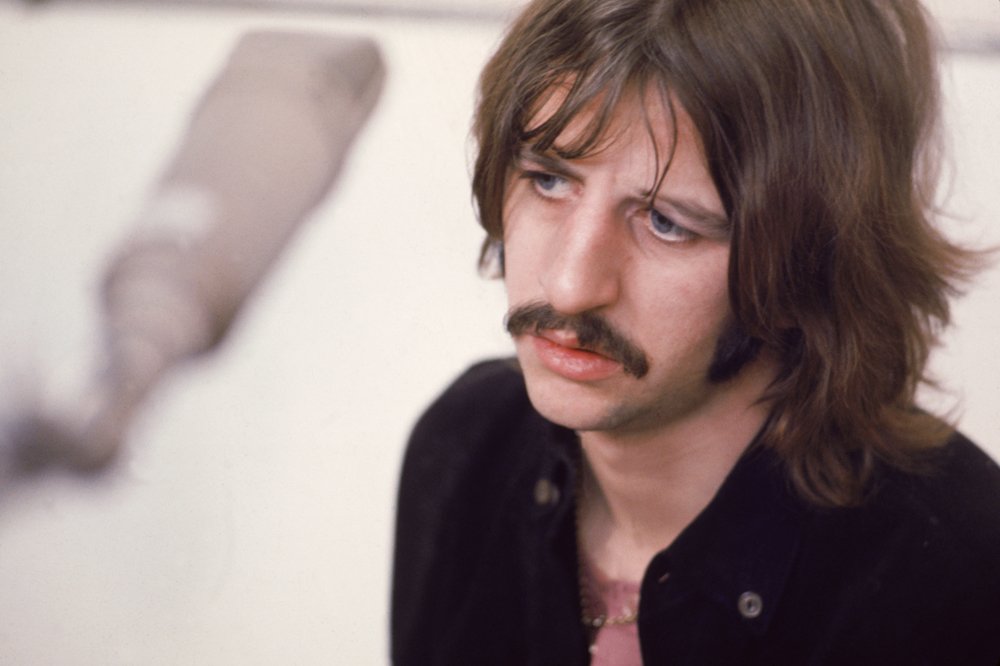
Key Tracks
“Let It Be”: Undoubtedly one of the most iconic tracks in the Beatles’ catalog, “Let It Be” shines as a beacon of comfort and solace. McCartney’s inspired piano playing and soulful vocals, coupled with the lyrical simplicity of finding peace amidst turmoil, make this track a timeless anthem. The gospel-inflected backing and George Martin’s orchestral arrangement add layers of depth, enhancing its spiritual and uplifting message.
“Across the Universe”: This track is a testament to Lennon’s lyrical prowess and philosophical introspection. The flowing, almost dreamlike quality of the music, combined with its poetic lyrics (“Words are flowing out like endless rain into a paper cup”), offers a stark contrast to the album’s more grounded tracks. It’s a song that manages to feel expansive and intimate all at once.
“The Long and Winding Road”: Characterized by its poignant melody and emotional delivery, this track was transformed by Phil Spector’s orchestral and choir arrangements into a dramatic and powerful ballad. Despite McCartney’s well-documented reservations about the added production, the song remains a powerful expression of longing and the search for resolution.
Memorable Moments
The Opening Line of “Two of Us”: The song begins with “Two of us riding nowhere,” a lyric that subtly sets the tone for an album filled with personal reflections and a sense of journeying together through life’s complexities. This opening is emblematic of McCartney and Lennon’s complex relationship, offering a glimpse into their shared history and the dynamics of their musical partnership.
George Harrison’s Guitar Solo in “Let It Be”: Harrison’s guitar work on “Let It Be” is particularly noteworthy. His solo, both melodic and expressive, perfectly complements the song’s emotional weight. It’s a standout musical moment that showcases his ability to convey deep emotion through his instrument.
The Choral Conclusion of “The Long and Winding Road”: The climactic choral and orchestral swell in this song encapsulates the grandeur and emotional intensity that Spector was known for. While controversial, this production choice creates a memorable moment that dramatically concludes the track, leaving a lasting impression of grandiosity and emotional depth.
Each of these tracks and moments captures essential aspects of “Let It Be,” making them integral to understanding the album’s impact and legacy. Whether through innovative lyrical content, memorable musical arrangements, or poignant emotional expressions, these highlights contribute to the album’s standing as a significant, though complex, piece in the Beatles’ storied career.
Artistic Contribution and Innovation

“Let It Be,” while often overshadowed by its more universally acclaimed predecessors, holds a unique place in the pantheon of rock music and The Beatles’ discography for its back-to-basics approach that paradoxically arrived amidst one of the most tumultuous periods in the band’s history. This juxtaposition between simplicity and complexity helps to underscore its unique contribution to music.
Place in Genre/Industry
The album arrived at a time when rock music was increasingly veering towards higher production values and conceptual grandeur. In this context, “Let It Be” was somewhat of a contrarian piece, attempting to strip back the excesses of studio manipulation in favor of a rawer, more authentic sound. This approach was aligned with the nascent beginnings of what would become the singer-songwriter era of the 1970s, characterized by a focus on lyrical expression and stripped-down production. However, the intervention by Phil Spector with his “Wall of Sound” production style on several of the album’s tracks created a hybrid that was both a nod to contemporary tastes and a link to rock’s simpler, more direct roots. Thus, the album can be seen as both a boundary-pusher and a conservative musical endeavor, depending on the listener’s perspective.
Innovation
Raw Production Ethos
The original intent behind “Let It Be” was to create an album that could be performed live, recorded with minimal overdubs or studio trickery, which was innovative in an era that increasingly relied on multi-track recording and elaborate production techniques. This ethos is particularly evident in tracks like “Get Back,” which captures the energy and spontaneity of a live studio performance.
Thematic Depth in Simplicity
While many of The Beatles’ later albums featured complex and often cryptic lyrics, “Let It Be” marked a return to more straightforward, emotionally direct songwriting. This is not to say the lyrics lack depth; rather, they convey complex themes like reconciliation, acceptance, and peace with an elegant simplicity.
Integration of Diverse Musical Influences
Despite its back-to-basics approach, the album integrates a diverse range of musical styles. From the gospel influences evident in “Let It Be” to the country undertones in “For You Blue,” the album melds various musical genres, showcasing the band’s versatility and broadening the scope of what could be included in a rock album.
“Let It Be” thus stands as a testament to The Beatles’ ability to influence and reshape the music industry, even during a phase of apparent disintegration. Its production backstory and the dichotomy between its raw and produced versions have sparked debates and discussions, adding layers to its legacy. While it might not have introduced new technologies or radical new sounds, its contribution lies in its approach to production and the authenticity of its emotional and thematic explorations, resonating with audiences in ways that are both profound and lasting.
Closing Thoughts
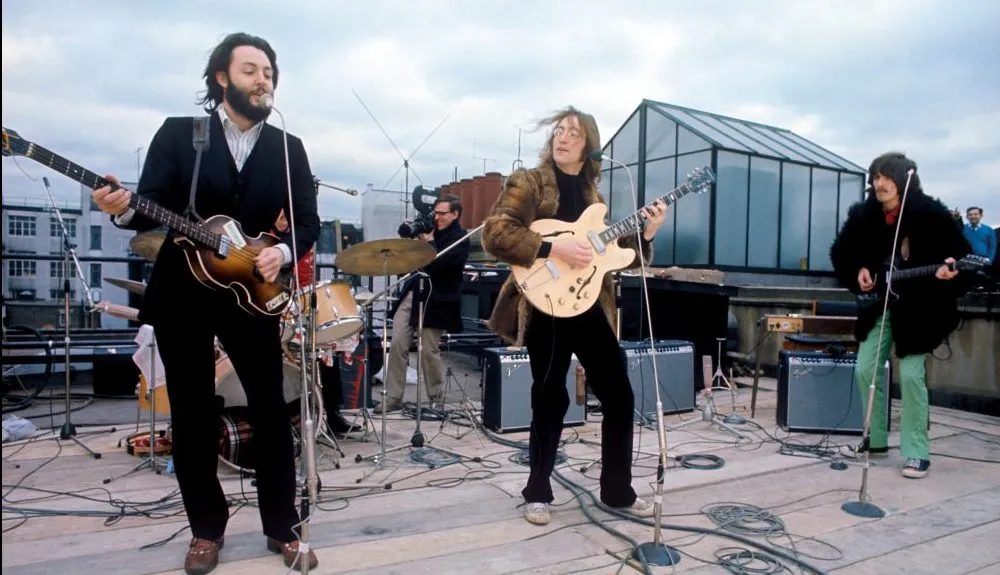
“Let It Be” is an album that encapsulates the twilight of The Beatles’ career, marked by its poignant themes and raw, unfiltered sound. It stands as a testament to the band’s enduring influence, showcasing their ability to craft songs that resonate deeply with listeners’ emotions and experiences.
Strengths
The album’s major strength lies in its emotional depth and simplicity. Songs like “Let It Be,” “The Long and Winding Road,” and “Across the Universe” offer a compelling mix of philosophical introspection and heartfelt sincerity, making them timeless pieces in the broader canon of popular music. The raw production style, originally intended to capture the band’s live essence, lends an authenticity that is both refreshing and evocative, particularly in an era dominated by highly produced music. Additionally, the album’s blending of genres—from rock and blues to gospel and folk—illustrates The Beatles’ musical versatility and their ability to cross genre boundaries effortlessly.
Weaknesses
One of the album’s weaknesses could be attributed to its production controversies, particularly the involvement of Phil Spector, whose “Wall of Sound” approach divided both the band members and fans. This production choice may have detracted from the stripped-back ethos McCartney envisioned, introducing a layer of orchestral opulence that felt at odds with the album’s original intent. Moreover, the disjointed nature of its recording sessions is sometimes reflected in a track listing that lacks the seamless flow found in earlier albums, potentially disrupting the listener’s experience of the album as a coherent narrative.
Despite these weaknesses, “Let It Be” has a significant place in The Beatles’ discography and the larger musical landscape. It captures a moment of transition, not just for the band but for the music industry at large, as it moved into new sonic territories in the 1970s. The album serves as a bridge between the polished studio sounds of the mid-1960s and the more introspective, raw aesthetics of the following decade.
Rating and Impact
Given its rich historical context, the depth of its songwriting, and its enduring songs, “Let It Be” earns a rating of 9 out of 10. This score reflects the album’s ability to transcend its immediate recording conflicts and production controversies, offering a collection of songs that continue to inspire and resonate with listeners across generations. It captures the essence of The Beatles at a critical juncture, providing both a farewell and a lasting legacy to their transformational impact on music and culture. As such, “Let It Be” is not just a farewell album but a profound statement on the power of music to convey universal themes of peace, change, and acceptance, securing its place as a crucial work in the storied career of The Beatles.
